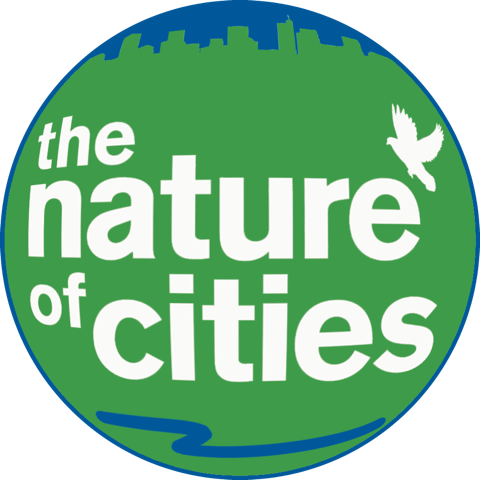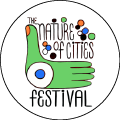18 January 2018
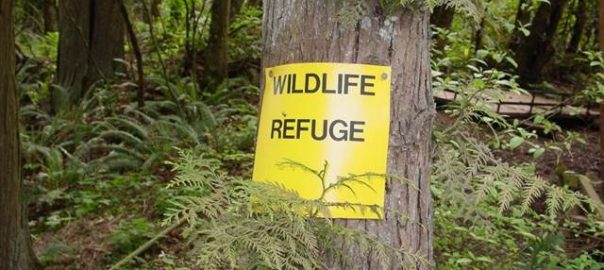
There is seldom a “silver bullet”, single pathway to success when it comes to protecting urban greenspaces. Multiple strategies, often modified, sometimes abandoned, are typically the only way grassroots-based urban conservation efforts succeed in the face of bureaucratic resistance. Efforts to preserve and restore a 160-acre wetland in the Willamette...
1 Comment(s)Join our Conversation
15 January 2018
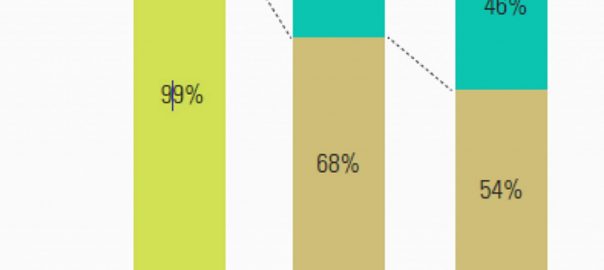
There is unanimous agreement that the 21st Century is the century of urbanism. In 2016, an estimated 54.5 percent of the world’s population lived in urban settlements. By 2030, urban areas are projected to house 60 percent of people globally and one in every three people will live in cities...
0 Comment(s)Join our Conversation
9 January 2018
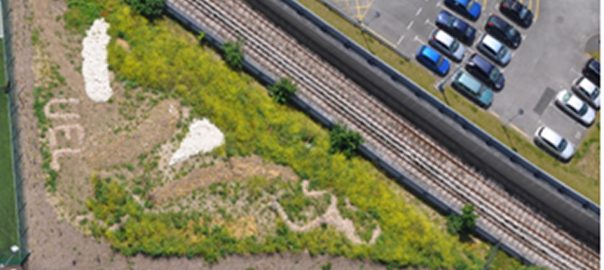
Ecological gentrification (Dooling, 2009) is a negative social process in which ecological improvements to neighbourhoods lead to gentrification and displacement of the neighbourhood’s original inhabitants. There is an analogous process of ecological gentrification at the level of ecological communities: many vulnerable ecological communities that persist (and in some cases, thrive)...
1 Comment(s)Join our Conversation
6 January 2018
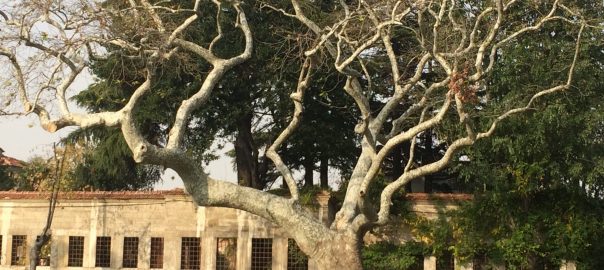
My eyes fall on the big tree in the far side of the courtyard. It casts a spell on me. Its leafless branches twist toward the sky, claiming a beauty few notice. I notice, and stop mid-step to admire this natural wonder. I take a picture of it so I...
2 Comment(s)Join our Conversation
2 January 2018
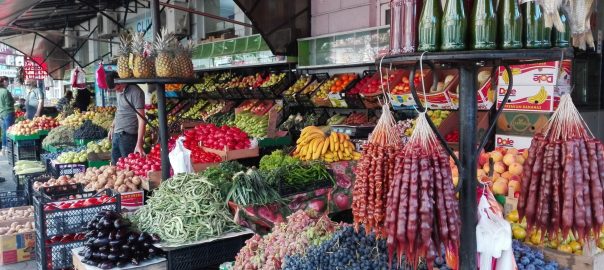
Walking gives us a slow and intimate way to notice the subtle similarities and differences between cities. We consciously and sub-consciously collect details and compare cities as we slowly make our way from Point A to Point B by foot. We have even created a mental game to pass the...
0 Comment(s)Join our Conversation
28 December 2017
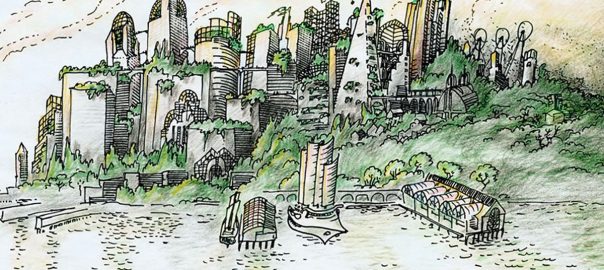
Today’s post celebrates highlights from TNOC writing in 2017. These contributions, originating around the world, were widely read, offer novel points of view, are somehow disruptive in a useful way, or combine these characteristics. Certainly, all 1000+ TNOC essays and roundtables are great and worthwhile reads, but what follows will give you a...
1 Comment(s)Join our Conversation
26 December 2017

In Half-Earth: Our Planet’s Fight for Life, published in 2016, E. O. Wilson made a reasoned and impassioned call for making our human future fit within the boundaries of just half a planet, with the other half given over to human-free nature. He reasoned that unless natural systems have sufficient...
2 Comment(s)Join our Conversation
21 December 2017

AFRICA ASIA AUSTRALIA and NEW ZEALAND EUROPE LATIN AMERICA NORTH AMERICA (not including Mexico)
3 Comment(s)Join our Conversation
21 December 2017
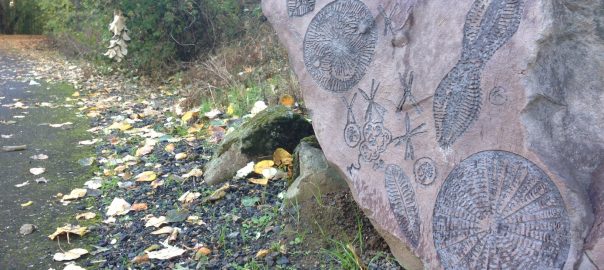
The world’s ecosystems are rapidly changing, and urban natural areas are often the first to exhibit these changes. The urban heat island effect and increased air, water, and soil pollution are some of the impacts of the increasing human imprint that affect urban natural areas disproportionately. Symptoms of these impacts...
2 Comment(s)Join our Conversation
18 December 2017

As yet, there are no smart cities. I read of plenty of people and organisations working hard to create them. However, so far, we have had initiatives, policies, strategies, and some projects, but no examples of cities where it all comes together in a genuinely city-wide way. In addition, most...
4 Comment(s)Join our Conversation
15 December 2017
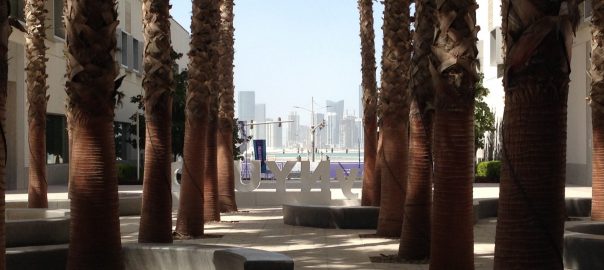
We step off the plane at Dubai International Airport—the third busiest in the world—and the surroundings are familiar: faux granite, glass, stainless steel, arrival/departure screens, duty-free shops, food courts, escalators, the usual. Maybe a bit grander than most, but familiar. We move through customs, hit the duty-free for a few...
1 Comment(s)Join our Conversation
12 December 2017
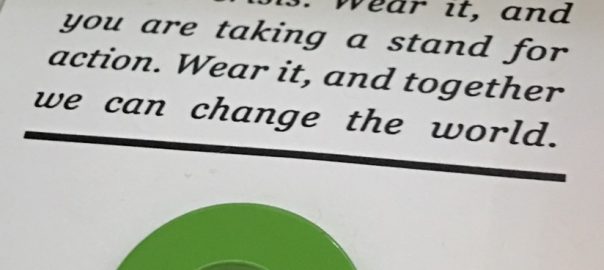
As 2017 draws to a close in the U.S., we are still getting our lives back in order, reeling from the human and economic losses of the recent hurricane season. Experts estimate that hurricanes Irma and Harvey combined will cost more than the $160 billion in damage in comparison to...
2 Comment(s)Join our Conversation
9 December 2017
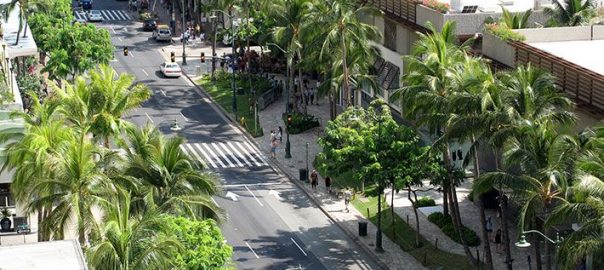
The 2030 Agenda for Sustainable Development (Agenda 2030), which is comprised of a global commitment to “leave no one behind” and “endeavor to reach those furthest behind first”, explicitly details neither the pledge to leave no one behind (LNOB) nor establishs a shared understanding of what LNOB means in a...
0 Comment(s)Join our Conversation
6 December 2017
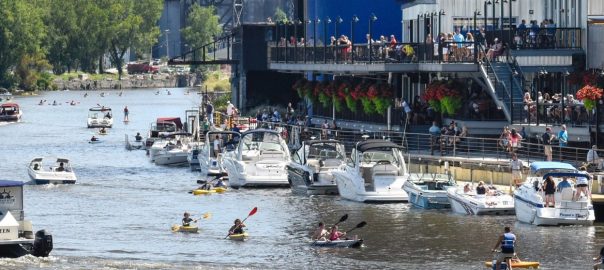
Cleanup of Great Lakes pollution hot spots has not been easy, and required networks focused on gathering stakeholders, coordinating efforts, and ensuring that the results promote the public interest. Even with the compelling case of the Great Lakes being a continentally- and globally-significant natural resource, it has proven incredibly challenging....
1 Comment(s)Join our Conversation
3 December 2017
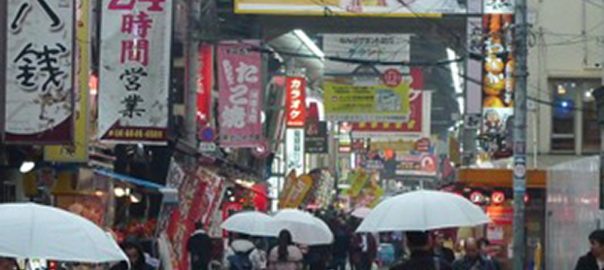
I am spending this Fall in Kyoto Japan, traveling a bit in the country. The Institute for Humanity and Nature is my sponsor for the stay and this blog is inspired by Japan’s complexity. The nation is the home of the first, and still largest, mega-city in the world, Tokyo,...
1 Comment(s)Join our Conversation
30 November 2017
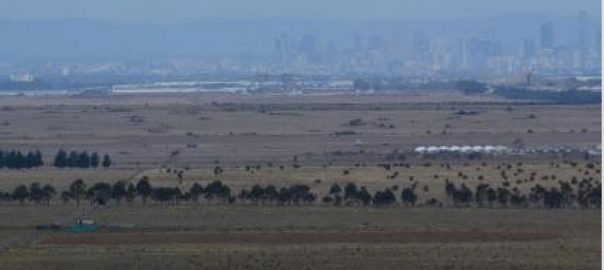
What to do when biodiversity ideals conflict with livability imperatives for a city? A fascinating example of this tension is the western suburbs of Melbourne, the capital of Victoria, Australia. The greater metropolitan area of Melbourne lies on several bioregions. Most of the northern, southern, and eastern suburbs lie on...
0 Comment(s)Join our Conversation
27 November 2017
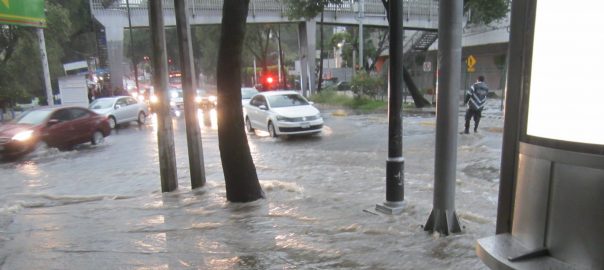
A satirical video circulated this past summer announcing Mexico City as the country’s newest and most exciting water park, featuring waterfalls in the metro and an airport runway turned waterway.[1] I thought they might have included the geyser spouting out of a drain that I saw next to the sign...
1 Comment(s)Join our Conversation
24 November 2017
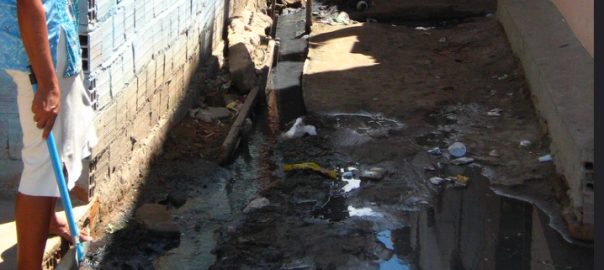
Almost exactly two years ago, South America was swept up in a public health crisis that affected hundreds of thousands of women across the continent. In Brazil, more than 2,600 children were born with the microcephaly and other health complications resulting from the viral infection Zika. Brazilians quickly became accustomed...
3 Comment(s)Join our Conversation
21 November 2017

In the weeks prior to the writing of this article, the city of Bengaluru was reeling under the onslaught of torrential rainfall, the likes of which it had not witnessed in decades. Effects of this downpour were felt in many ways—flash floods in several parts of the city, trees uprooted,...
4 Comment(s)Join our Conversation
18 November 2017
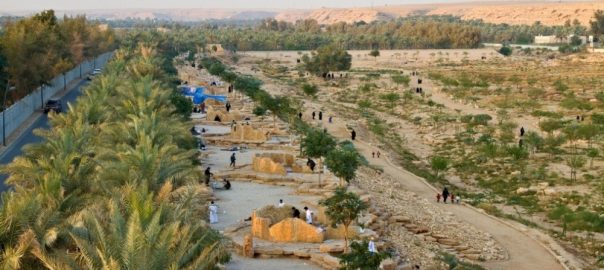
In most arid regions of the world cities are growing and rivers are running dry. While rapid urbanisation has left little room for creating new public open spaces, could urban riverbeds that remain dry for an extended period of time provide potentials for new types of public parks? Dryland settlements...
6 Comment(s)Join our Conversation

